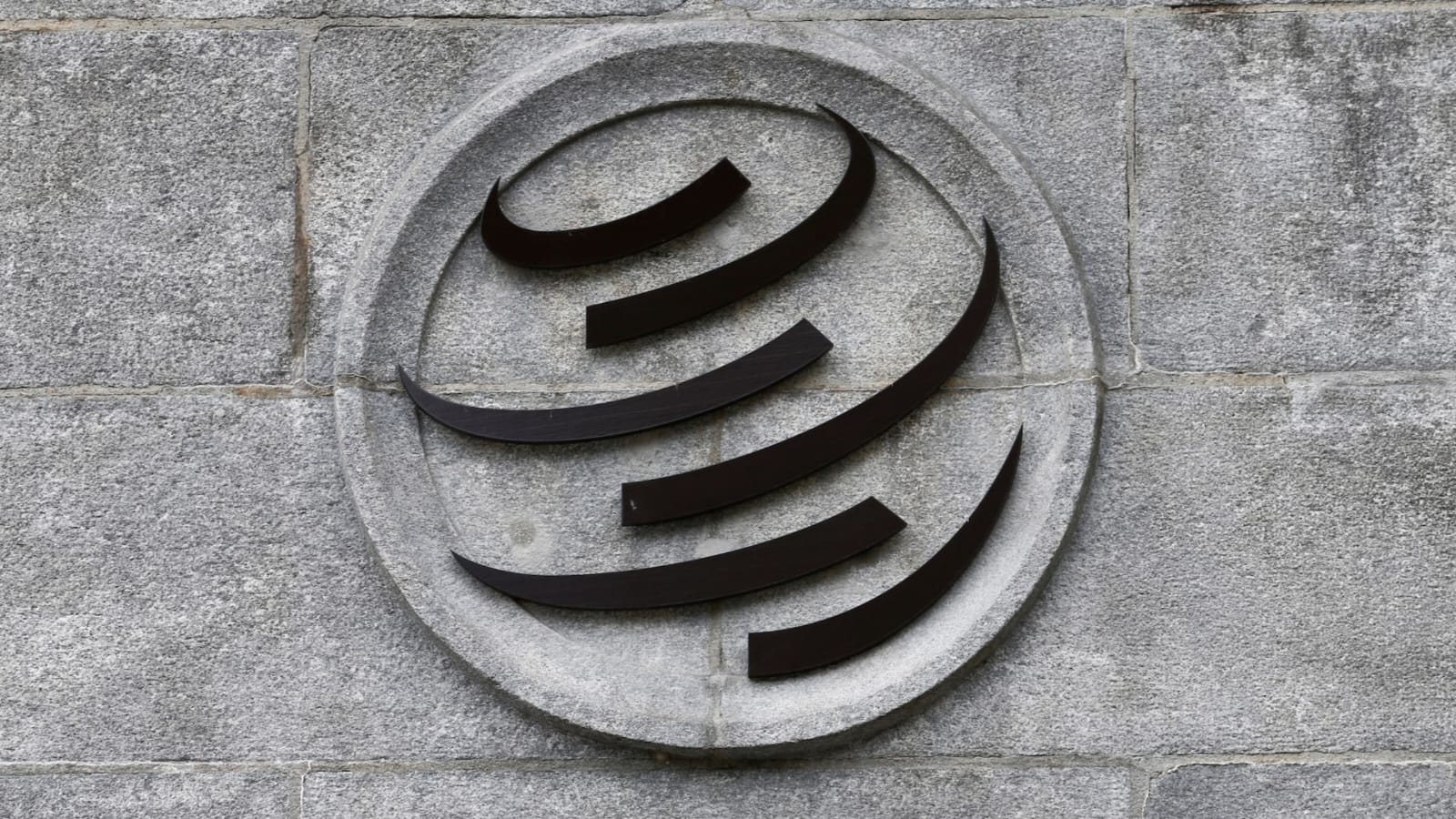NISAR Satellite: UAE’s 2025 Environmental Monitoring Revolution

The Indian Space Research Organisation (ISRO) is set to launch the NASA-ISRO Synthetic Aperture Radar (NISAR satellite) on July 30, 2025, from the Satish Dhawan Space Centre in Sriharikota, Andhra Pradesh, using the Geosynchronous Satellite Launch Vehicle (GSLV-F16). This landmark ISRO-NASA collaboration introduces a low Earth orbit observatory equipped with cutting-edge dual-frequency radar technology, poised to revolutionize environmental monitoring in the UAE and Middle East. For a region grappling with challenges like climate change, water scarcity, and natural disasters, NISAR’s high-resolution data will provide critical insights to drive sustainability and resilience.
NISAR’s mission is to map the entire globe every 12 days, delivering consistent, high-quality data on Earth’s ecosystems, sea level rise, groundwater fluctuations, and natural hazards such as earthquakes, tsunamis, volcanoes, and landslides. For the UAE, a global leader in innovation and sustainability, NISAR’s capabilities align with national priorities like the UAE Vision 2021 and Net Zero by 2050, offering actionable intelligence for environmental and urban planning.
Cutting-Edge Dual-Frequency Radar Technology
At the heart of NISAR lies its advanced dual-frequency radar system, combining L-Band and S-Band synthetic aperture radar (SAR) payloads. The L-Band, supplied by NASA’s Jet Propulsion Laboratory, excels at penetrating vegetation and soil, making it ideal for monitoring vegetation biomass and groundwater levels—critical for the UAE’s arid environment. The S-Band, contributed by ISRO, captures high-resolution surface data, enabling precise tracking of surface deformation and land movement.
NISAR employs the innovative Sweep SAR technique, which achieves a wide swath of coverage while maintaining exceptional image resolution. This allows the satellite to produce detailed imagery across vast areas, a game-changer for Earth observation in the UAE. The SAR payloads are mounted on the Integrated Radar Instrument Structure (IRIS), which, combined with the spacecraft bus, forms a robust observatory designed for reliability and precision.
NASA provides additional mission-critical components, including a high-rate science downlink system, GPS receivers, and a solid-state recorder, ensuring seamless data collection and transmission. ISRO contributes a 12-meter deployable reflector antenna, shared by both radar systems, enhancing NISAR’s ability to capture comprehensive data. This technological synergy underscores the strength of the ISRO-NASA partnership, positioning NISAR as a global leader in environmental monitoring.
Global Mapping Every 12 Days
NISAR’s ability to map the entire planet every 12 days sets it apart as a powerful tool for monitoring dynamic changes in Earth’s systems. Its frequent revisit cycle ensures consistent, high-resolution data, enabling scientists to track phenomena such as:
Ecosystem Changes: Monitoring vegetation to support agriculture and biodiversity in the UAE and Middle East.
Sea Level Rise: Tracking coastal changes to protect cities like Dubai and Abu Dhabi from flooding.
Groundwater Fluctuations: Mapping water resources to address scarcity in arid regions.
Natural Hazards: Detecting early signs of earthquakes, tsunamis, and landslides for disaster preparedness.
By leveraging repeat-pass interferometric SAR techniques, NISAR can detect minute changes in Earth’s surface, such as ground shifts caused by seismic activity or subsidence due to groundwater extraction. This precision is particularly valuable for the UAE, where rapid urban development requires accurate data to ensure infrastructure safety and sustainability.
Empowering UAE’s Sustainability Vision
The UAE is a global leader in sustainability and innovation, with ambitious initiatives like the UAE Vision 2021 and Net Zero by 2050. NISAR’s data will directly support these goals by providing insights into climate change impacts and resource management. For example, monitoring groundwater levels will optimize water usage in agriculture, a critical sector in the UAE’s desert climate. In coastal areas, NISAR’s tracking of sea level rise will inform urban planning, protecting iconic cities from flooding risks.
NISAR’s ability to monitor vegetation biomass will also aid the UAE’s efforts to combat desertification through reforestation and conservation programs. By providing data on natural disasters, the satellite will enhance the UAE’s disaster management frameworks, enabling proactive measures to safeguard lives and infrastructure. These capabilities align with the UAE’s commitment to building a resilient, future-ready nation.
Regional Impact Across the Middle East
NISAR’s benefits extend beyond the UAE to the broader Middle East, where environmental challenges like water scarcity, desertification, and seismic activity are prevalent. Countries such as Saudi Arabia, Qatar, and Oman will leverage NISAR’s data to address groundwater management, climate resilience, and disaster preparedness. For instance, the satellite’s ability to monitor surface deformation will be critical in earthquake-prone areas like Iran and Turkey.
The satellite’s global mapping capabilities will foster regional collaboration, enabling Middle Eastern nations to share data and address transboundary environmental issues. By providing high-resolution imagery and real-time insights, NISAR will empower governments and researchers to develop evidence-based policies for sustainable development in the region.
The Power of ISRO-NASA Collaboration
The NISAR mission is a testament to the power of international collaboration, combining NASA’s expertise in radar technology with ISRO’s proven launch capabilities. NASA’s Jet Propulsion Laboratory provides the L-Band SAR and mission systems, while ISRO contributes the S-Band SAR and launch infrastructure. The GSLV-F16 rocket, known for its reliability, ensures NISAR reaches its low Earth orbit, where it can begin its 12-day mapping cycles.
An ISRO engineer described NISAR as “a fusion of Indian and American scientific excellence,” highlighting the seamless integration of both teams’ efforts. This partnership serves as a model for future collaborations in the UAE and Middle East, where international cooperation is key to addressing environmental and technological challenges.
GSLV-F16: Ensuring Mission Success
The GSLV-F16 rocket is a cornerstone of NISAR’s launch, leveraging ISRO’s expertise in deploying heavy payloads into precise orbits. Its proven track record ensures that NISAR reaches its low Earth orbit, enabling the satellite to deliver high-quality data. The GSLV’s reliability is critical for a mission of NISAR’s scale, as any deviation could impact the satellite’s ability to perform its mapping tasks effectively.
Applications for UAE Industries
NISAR’s data will have wide-ranging applications across UAE industries. In agriculture, vegetation biomass monitoring will optimize irrigation and crop yields, addressing food security challenges. In urban development, surface deformation data will guide the construction of resilient infrastructure in cities like Dubai and Abu Dhabi. For researchers, NISAR’s open-access data will fuel studies on climate change and natural disasters, fostering innovation in UAE universities and aligning with the UAE Space Agency’s vision.
Future Implications for the Region
As the UAE invests in space exploration and environmental sustainability, NISAR’s launch marks a pivotal moment. The satellite’s data will position the UAE as a leader in climate change mitigation and disaster preparedness, setting a benchmark for the Middle East. By integrating NISAR’s insights into national strategies, the UAE can inspire regional innovation and strengthen partnerships with global space agencies like NASA and ISRO.








1 Comment
[…] India and Oman are about to finalize an important free trade deal that will improve trade and business between the two countries. The agreement, called the Comprehensive Economic Partnership Agreement or CEPA, is in its last stages. The trade deal’s text is currently being translated into Arabic in Oman. After this, both countries’ governments will approve it, and the deal will be officially signed. […]
Comments are closed.